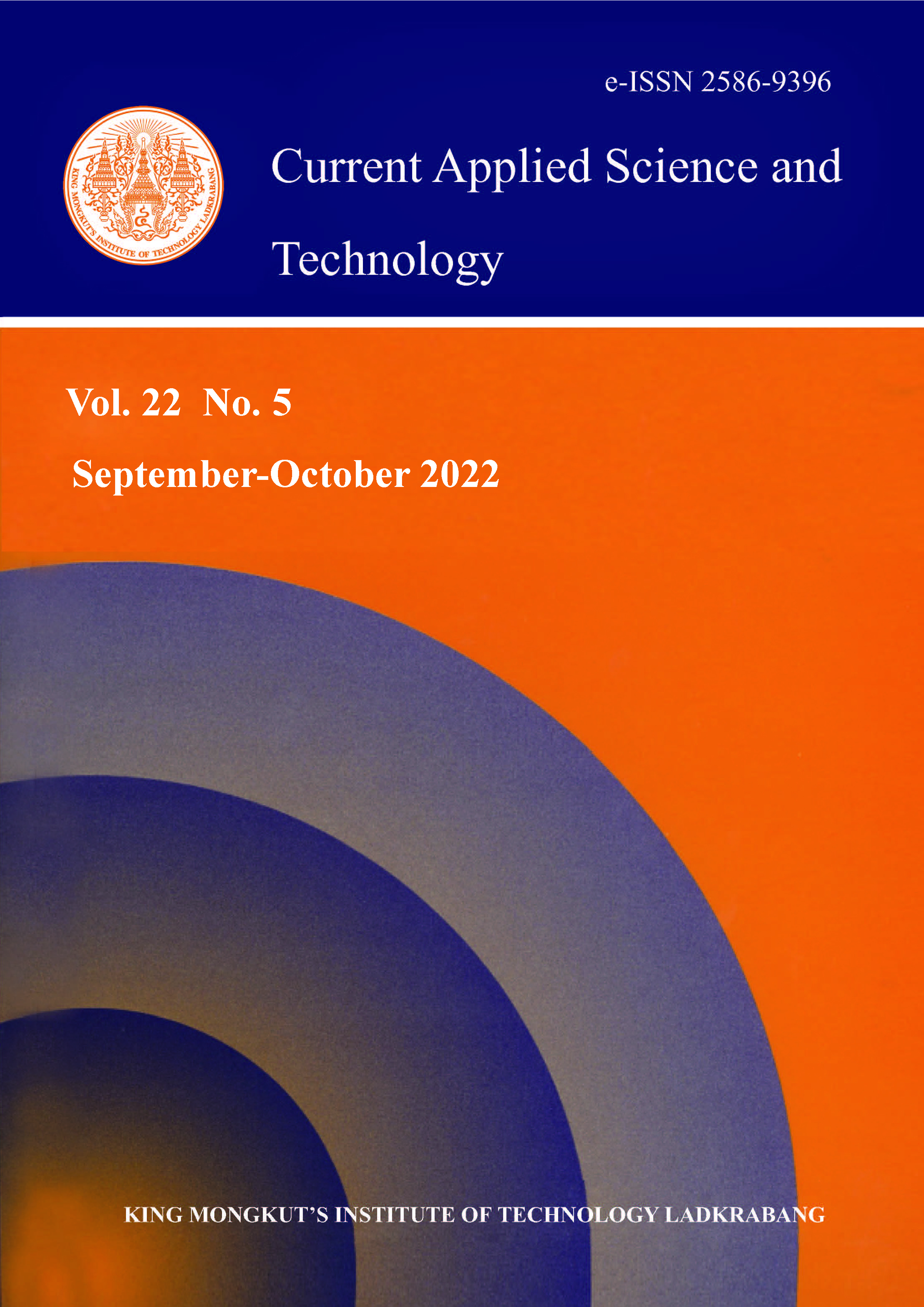Although starch is available and biodegradable, hydrophilicity and mechanical properties are still main disadvantages for many applications. In this study, arrowroot starch, a perennial herb found in tropical climates and extracted from the tubers of the arrowroot plant was used. The arrowroot starch was chemically modified by crosslinking with different amounts of glutaraldehyde in order to overcome the starch disadvantages. The crosslinked starch was then prepared as thermoplastic starch by plasticizing with glycerol, compounding in an internal mixer and finally shaping in a compression molding machine. An increase of gel fraction and decrease of swelling as well as the moisture uptake of different thermoplastic crosslinked arrowroot starch samples were observed, all of which indicated a crosslinking reaction of glutaraldehyde with the starch molecules. The thermal degradation temperature of thermoplastic crosslinked arrowroot starch, determined from thermogravimetric analysis technique, increased when compared with thermoplastic arrowroot starch. The extensibility of the thermoplastic crosslinked arrowroot starch also improved via glutaraldehyde crosslinking. Higher content of glutaraldehyde also caused lower swelling and moisture uptake including higher gel fraction and extensibility. Moreover, crystallinity, morphology and biodegradability were also examined.
Keywords: arrowroot starch; biopolymer; crosslinking; thermoplastic starch
*Corresponding author: Tel.: (+66) 2329 8400 Fax: (+66) 2329 8428
E-mail: jutarat.si@kmitl.ac.th
Prachayawarakorn*, J. ., & Suthichujit, A. . (2021). Characterization and Properties of Biodegradable Thermoplastic Arrowroot Starch Crosslinked by Glutaraldehyde Processed by Compression Molding Technique. CURRENT APPLIED SCIENCE AND TECHNOLOGY, DOI: 10.55003/cast.2022.05.22.005 (13 pages). https://doi.org/10.55003/cast.2022.05.22.005


https://cast.kmitl.ac.th/doi/10.55003/cast.2022.05.22.005